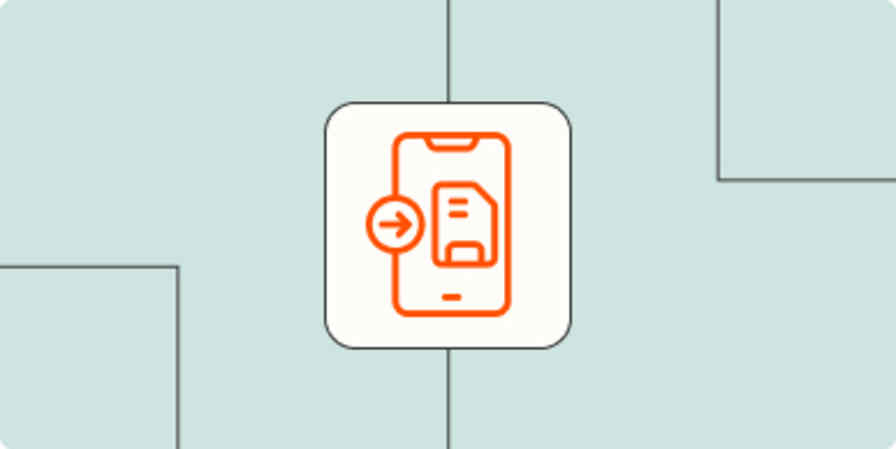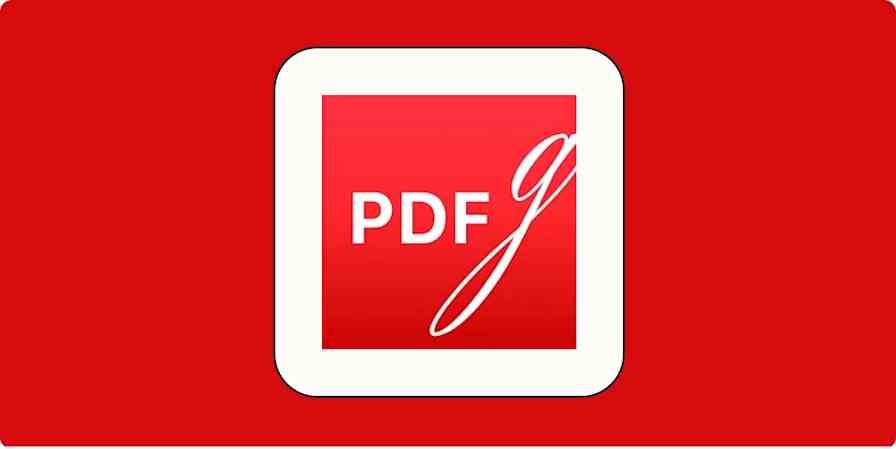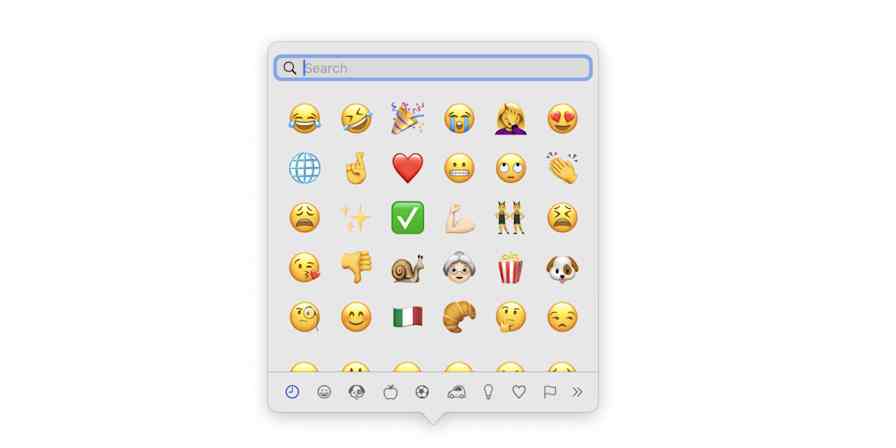App tips
4 min read4 Ways to Make the Best Decision When Choosing an App
By Jamie Irish · February 17, 2017

Get productivity tips delivered straight to your inbox
We’ll email you 1-3 times per week—and never share your information.
tags
Related articles
Improve your productivity automatically. Use Zapier to get your apps working together.









